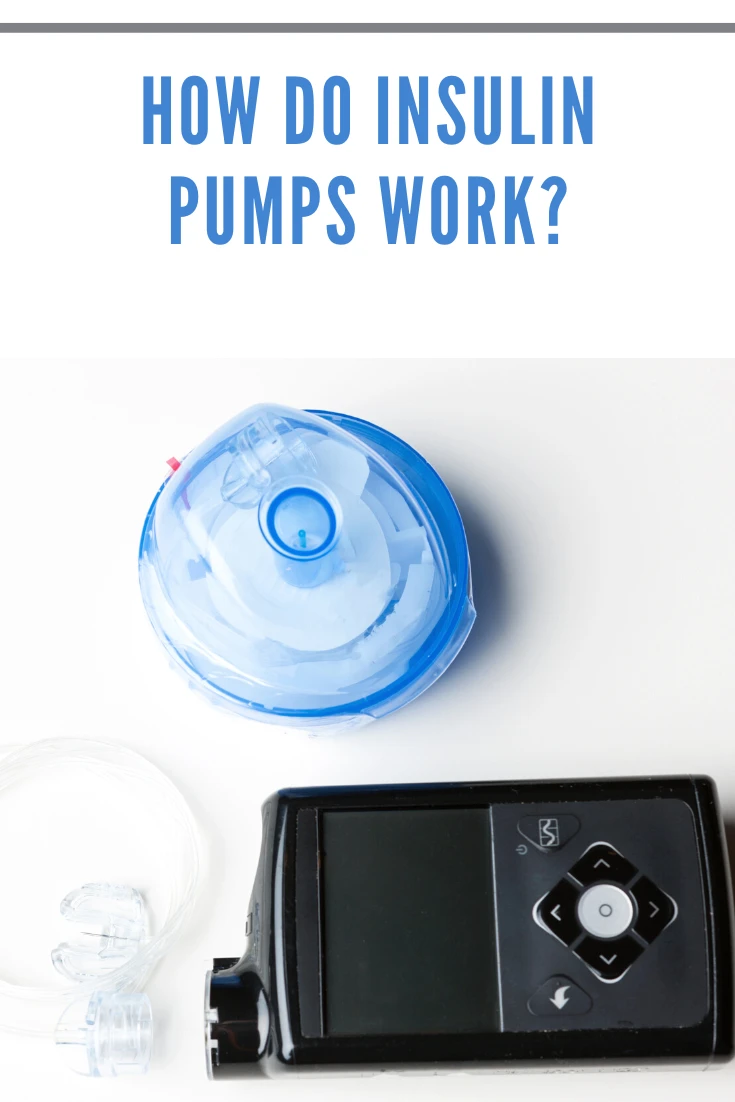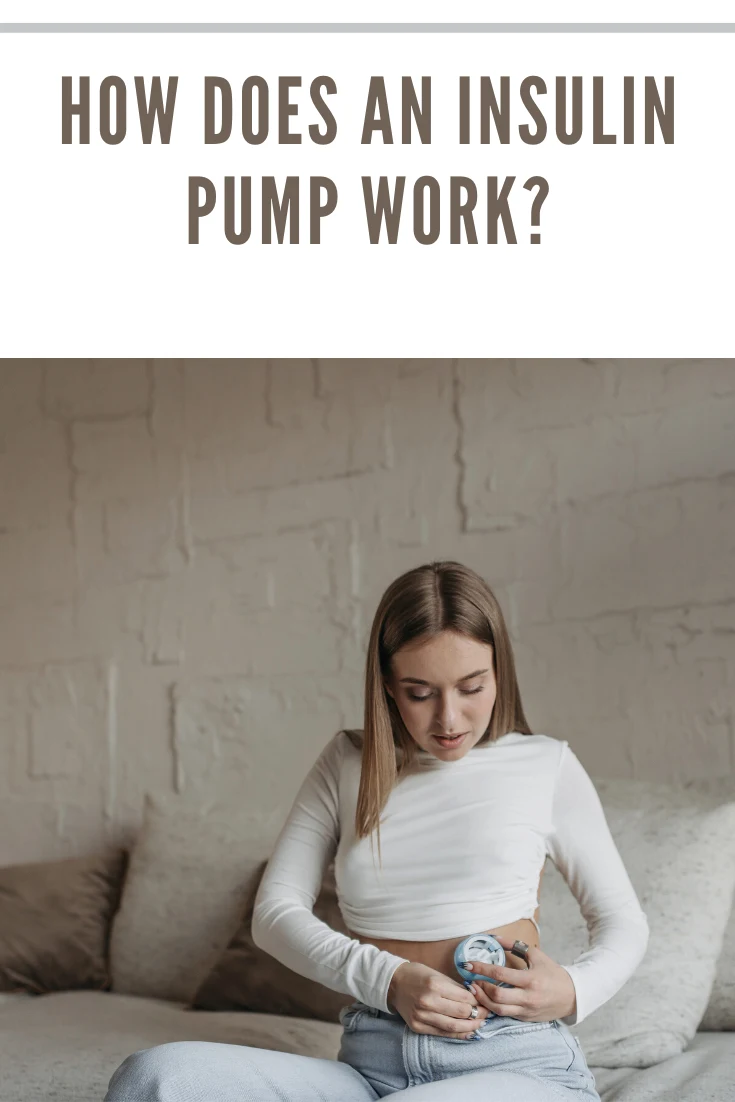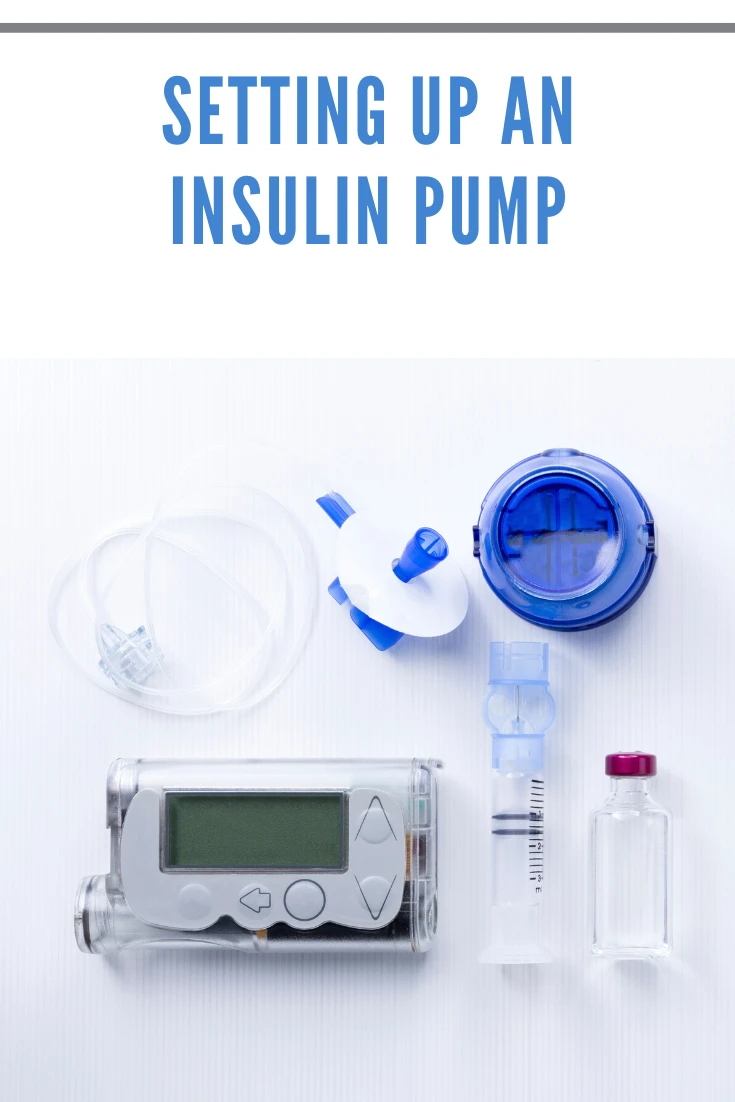Diabetes is a serious disease, but insulin pumps have made treatment much more convenient and effective. Insulin pumps allow diabetics to deliver the exact amount of insulin needed for their current blood sugar levels, minimizing spikes and crashes. A basal/bolus system automatically administers small amounts of insulin throughout the day, while manual boluses can be given before meals or snacks if necessary.
What is an insulin pump?
An insulin pump for diabetics is a small device that can deliver insulin at preset intervals. The pump is connected to a catheter inserted under the skin and attached to the body with adhesive. Insulin flows through this tube and into your body. The cannula can be placed in different areas of your abdomen or arm, depending on your preference and comfort level.

How do they work?
The most common type of insulin pump is a small, wearable device you wear on your body, usually attached to your belt or waistband. It has a tube (called the infusion set) that’s inserted into the skin, just below your skin surface. The infusion set connects to an insulin reservoir inside the pump and delivers insulin through this tube when it’s programmed to do so. As per the experts at Tandem Diabetes, “The amount of time that you wear a pump varies depending on what type of diabetes you have and how well it responds to treatment.”
Insulin pumps are programmed with basal rates—basal means “background” or “in-between meals”—to deliver small amounts of rapid-acting insulin at specific times throughout the day and night (for example, every few hours). Most pumps also allow for bolus doses: additional doses programmed by users when they eat carbohydrates or protein-rich foods to keep blood glucose levels within target ranges throughout the day and night.

Setting up an insulin pump
An insulin pump is a small device that delivers insulin through a cannula under the skin. Insulin pumps are also known as insulin pumps, and their use can be helpful for people who need to manage their blood glucose levels 24/7.
Insulin pumps can be programmed to deliver insulin at specific times. This is called basal-bolus therapy, and it involves two separate components: basal delivery (or background) and bolus delivery (or temporary increases). Basal delivery helps keep blood sugar stable throughout the day and night so that you don’t experience low or high blood sugar symptoms. Bolus delivery gives you extra insulin when you eat food or drink beverages with carbohydrates, such as carbs in juice or fruit smoothies.

There are many different options when it comes to choosing a pump. The most important thing is to find one that is easy for you to use and comfortable. You should also look for the ability to customize your settings and have access to patient support services at all times.
Additionally, some pumps have a larger screen than others, making it easier for users with vision impairment or motor function issues like tremors or arthritis. Look for a pump with buttons that are easy to press/use while still being large enough so as not to be accidentally pressed by accident (this may sound silly but trust me). Another consideration would be weight: if you plan on carrying around your pump often, having something light will help tremendously!
